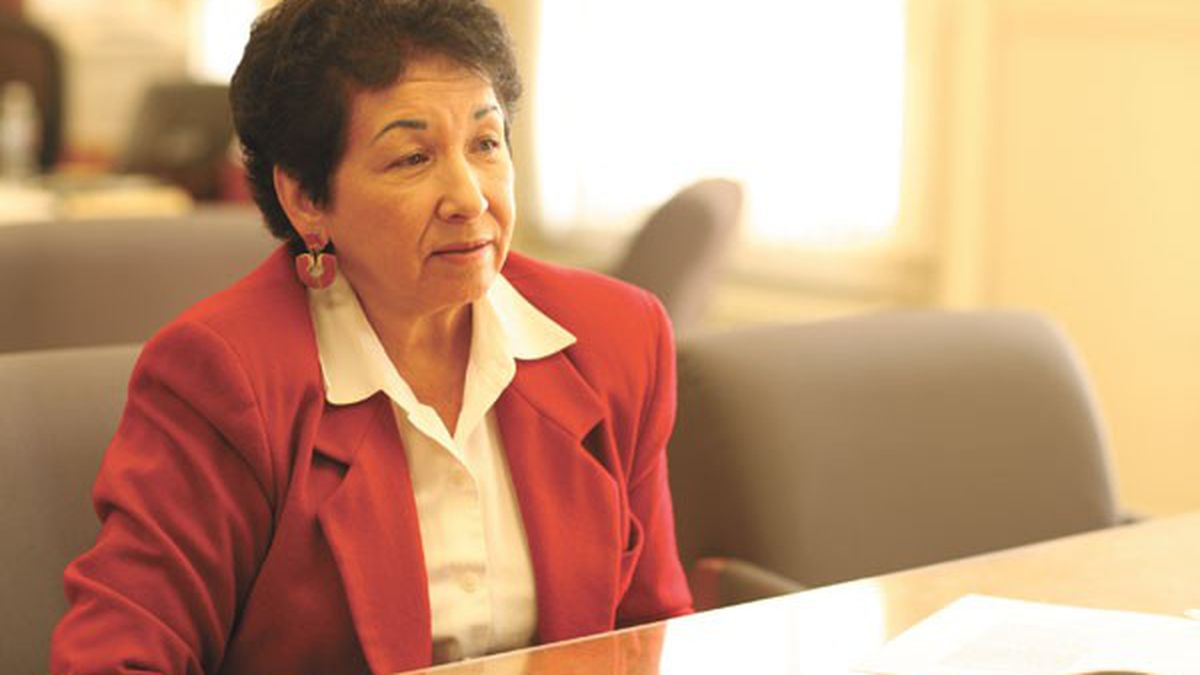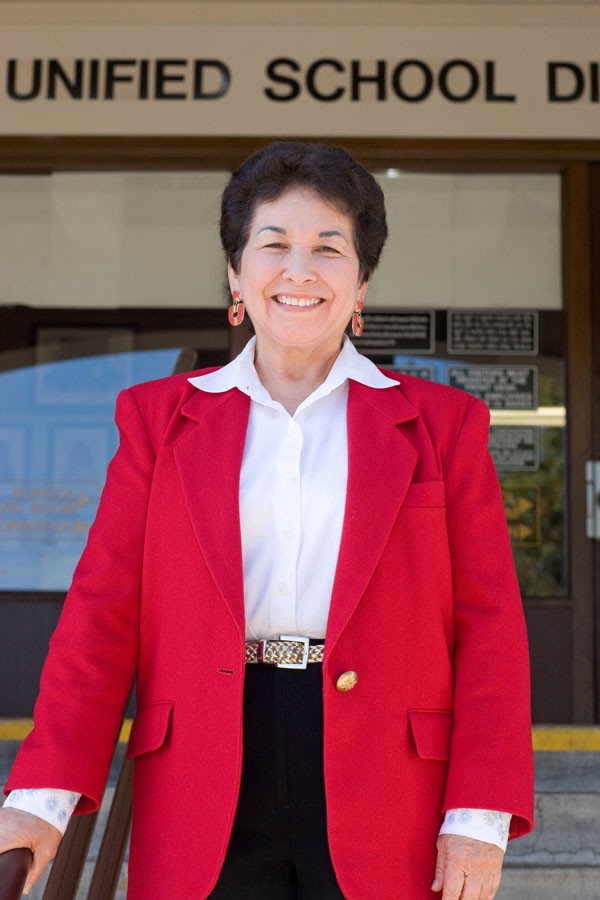Going small was supposed to save Oakland public schools. Supporters said small learning environments would boost academic performance, relieve overcrowding, and provide viable alternatives to charter schools and private schools. But eight years after the small schools movement began in Oakland, its record has been mixed.
For starters, small schools have been unable to slow the massive decline in enrollment in Oakland public schools for most of the past decade. The number of students in the district plummeted by more than 15,000 students from the 1999-2000 school year to last year, plunging from 54,024 to 38,852. The decline was so precipitous and widespread that almost no school in the city now suffers from overcrowding. And while the district has shown significant academic improvement in recent years, it’s not clear whether small schools contributed to those gains or whether they were the result of other factors, including better curriculum and fully trained teachers.
At the same time, data collected over the past several years show that small schools are financially inefficient. They cost more to operate per student than mid- and large-size schools. The reason is simple: A small school of 200 needs a principal, a janitor, and support staff just like a mid-size one of 400 students or a larger one with 600. Not surprisingly, nearly one-fifth of the district’s 108 schools are on track to lose money this year, according to district figures.
Consequently, the district’s new interim Superintendent Roberta Mayor has embarked on a series of public meetings throughout Oakland the past two weeks to talk about closing some small schools and merging others. According to research culled by Mayor’s staff, an elementary school is generally defined as “small” if it has fewer than 360 students. For middle schools it’s 300, and for high schools it’s 400. Of the district’s 108 schools, nearly half — 53 — are small schools under those criteria. “We’re not going to be closing that many schools,” Mayor said in an interview. “We still support the concept of small schools. But what’s happened is that some of these schools have gotten tiny. They’re really hard to support financially.”
For a long-troubled district that still owes $84 million to the state as part of the takeover bailout loan in 2003, having schools that lose money or require others to subsidize them because they’re too small is not fiscally responsible. But Mayor, who was hired by the school board earlier this year after the district regained some local control of its schools, faces a tough battle. Interviews with several school board members last week revealed that none of them are eager to close schools any time soon, because doing so will spark a firestorm from parents and small schools activists. Even the Oakland teachers’ union, never a strong backer of the small schools movement, is wary of the anger that closing schools will unleash. “It’s incredibly destabilizing to close schools,” said union president Betty Olson-Jones. “It’s going to get people angry.”
Anger and outrage, of course, is nothing new to Oakland schools. When then-state Administrator Randy Ward decided to shutter several schools in 2004, the backlash was so fierce that he decided to hire a bodyguard. But Mayor is not as aggressive or confrontational as Ward, and as a longtime state auditor, she is relying heavily on data to make her argument.
In a PowerPoint presentation that she and her staff presented at the community meetings, Mayor noted that small schools, especially the ones with the fewest students, don’t spend enough of their scarce resources on teaching and learning, and spend too much money on administrative costs when compared to medium and large schools. Schools with 360 students, for example, spend nearly 80 percent of their budget on instruction, while schools with fewer than 240 students spend less than 70 percent. “Some schools simply can’t live off the revenue generated from the number of kids that attend,” Mayor told Full Disclosure.
But her reliance on hard facts may not be enough. At a community meeting last week at West Oakland Middle School, Mayor attempted to soft-pedal her basic message about possibly closing schools by first going through the data-driven reasons for why the district could not afford so many small ones. She didn’t mention her plan to possibly close schools until 32 minutes into her presentation. But her approach didn’t stop parents and small schools backers from reading between the lines and becoming irate. “This feels like divide and conquer,” exclaimed one parent after Mayor’s presentation.
Susan Audap, a small schools supporter who attended the West Oakland meeting, also was sharply critical of Mayor’s presentation. In a conversation with Full Disclosure, she noted that despite all of the data the interim superintendent presented, some important information was left out. For example, the district has yet to produce an in-depth analysis of how small schools have compared academically to mid- and large-size schools over the past several years. If small schools outperform medium or large ones in terms of student achievement, then their financial inefficiency may be worth the cost.
Another small schools supporter and former Oakland schools principal, Hae-Sin Kim, also pointed out in an interview that Mayor has failed to properly differentiate between new schools that were designed to be small and older ones that have become small because of declining enrollment. The district, she said, has not done enough to address the problems of older schools that have experienced the biggest enrollment drops. “We need to attract families, make schools more attractive to the community,” she said.
A new study to be presented October 1 to the school board reveals that the new schools in Oakland designed to be small have had some success. The report by Linda Darling-Hammond, an education professor at Stanford University, found that the city’s new small schools are, on average, “more productive than older schools at all levels.” However, a summary of the report, which became public earlier this week, did not differentiate between small schools and medium and large schools, nor did it compare schools designed to be small versus those that became small when students left.
In an interview, school board member Gary Yee also noted that the preponderance of small schools had made it difficult for the district to find good principals for all of them. Study after study has shown that a key ingredient to any school’s success is having a solid leader. But there are only so many good ones available, noted Yee, who is a former principal himself. “I’m just not sure there are enough strong, qualified principals to go around,” he added.
Regardless, most parents at the West Oakland meeting were worried that the district would select schools from predominantly low-income areas of West and East Oakland for closure. Those campuses, after all, tend to perform the worst academically and have had the steepest enrollment declines. But closing them could cause undue hardships on parents who would no longer have a neighborhood school and would have to find ways to get their kids to and from school in another section of town. Mayor, however, told Full Disclosure that wouldn’t necessarily be the case. “We don’t want to be targeting the schools with the neediest students,” she said.
Still, it’s hard to imagine the district closing a successful school in the affluent hills, even if it did have fewer than 250 students. If the district tried to, the outrage from parents would be deafening. Plus, such a move likely would drive more parents away from the district and into private and charter schools, thereby deepening Oakland’s enrollment crisis.
School Board President David Kakishiba said he believes it’s important for the district to have a conversation about small schools, and whether they waste money, especially considering Oakland’s huge financial debt. But, he said, it’s not the district’s top priority. “Our first act should be adopting a long-range financial plan for the district — not talking about closing schools,” he said.
Kakishiba is right. But Mayor should be commended for exposing the shortcomings of small schools. They have not slowed the massive loss of enrollment. And the original rationale for them — to relieve overcrowding — no longer exists. Moreover, there’s no doubt that Oakland has too many schools. In fact, it now has more than it did when it had 54,000 students.
But closing any small school is premature. There just isn’t enough data. First, the district must differentiate between new schools designed to be small and older schools that became small because of poor enrollment. Then it must conduct an in-depth analysis of whether these new small schools have performed better academically than older small schools, medium-size schools, or large ones. Only when that’s done, will the district know which schools — new or old — are worth keeping open. 















![12 Sites Like EscortBabylon: Best Escort Sites & Adult Personals [2024] sites like escortbabylon](https://eastbayexpress.com/wp-content/uploads/sites/15/2023/11/sites-like-escortbabylon-100x70.jpg)
